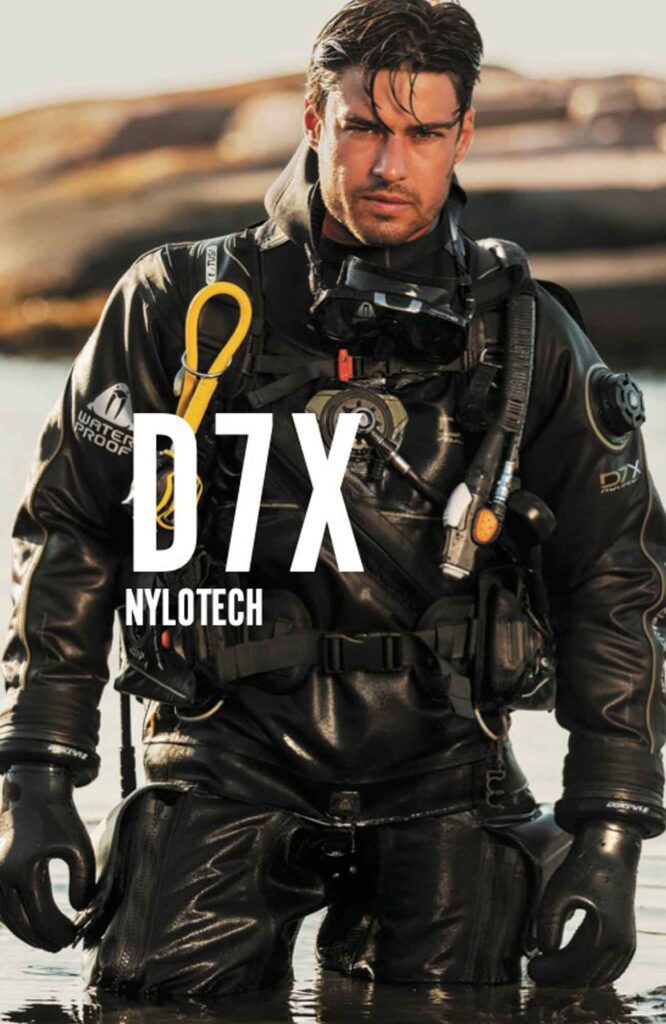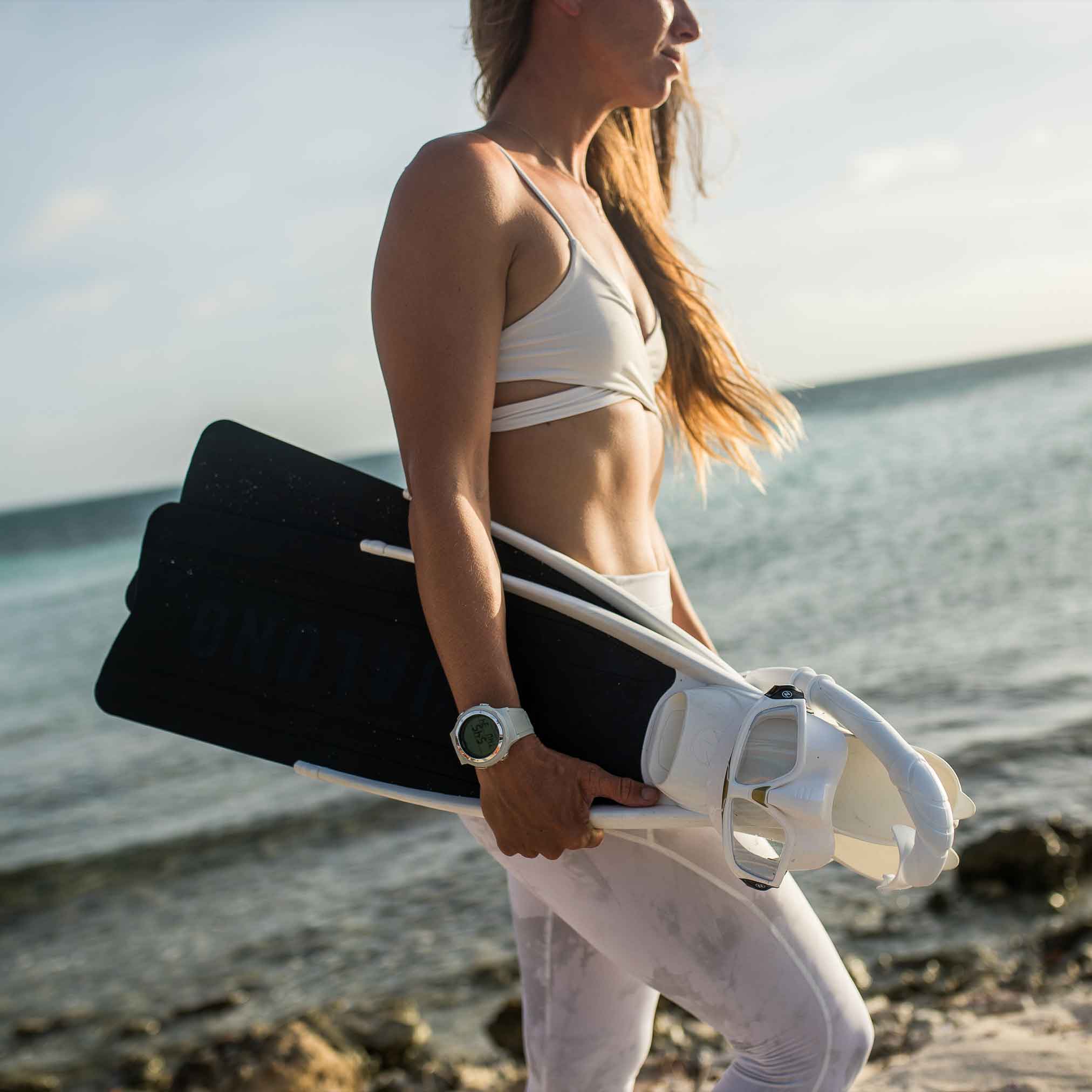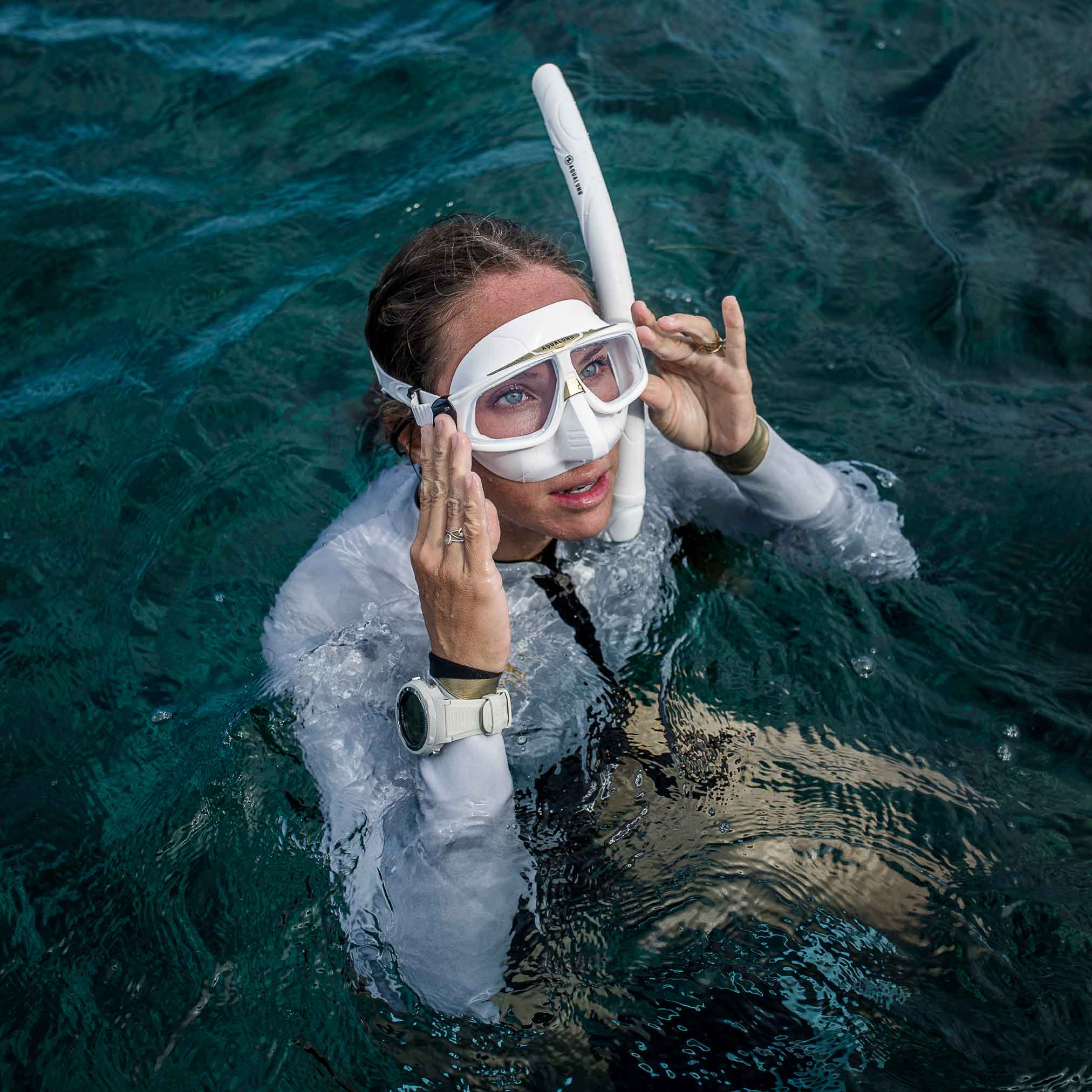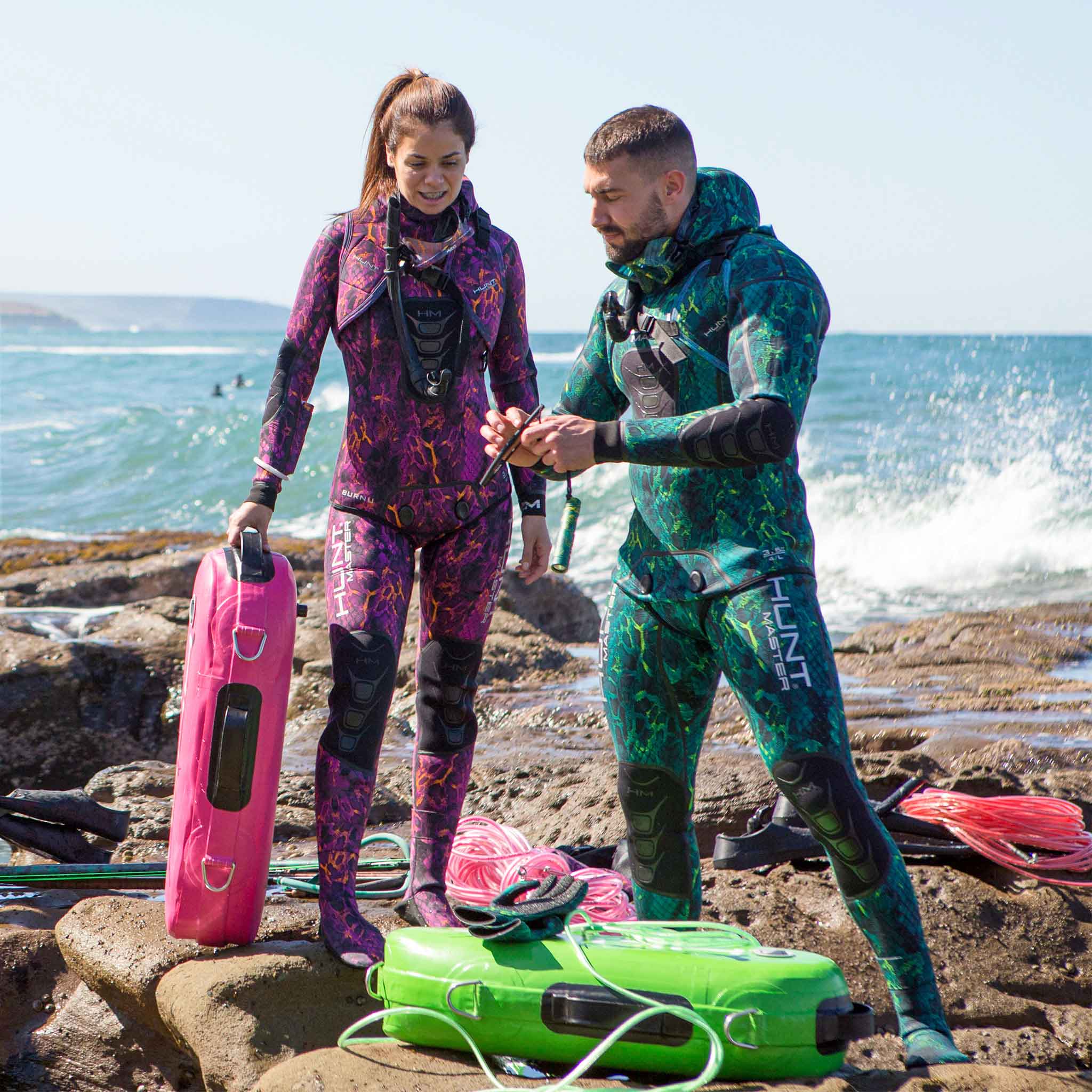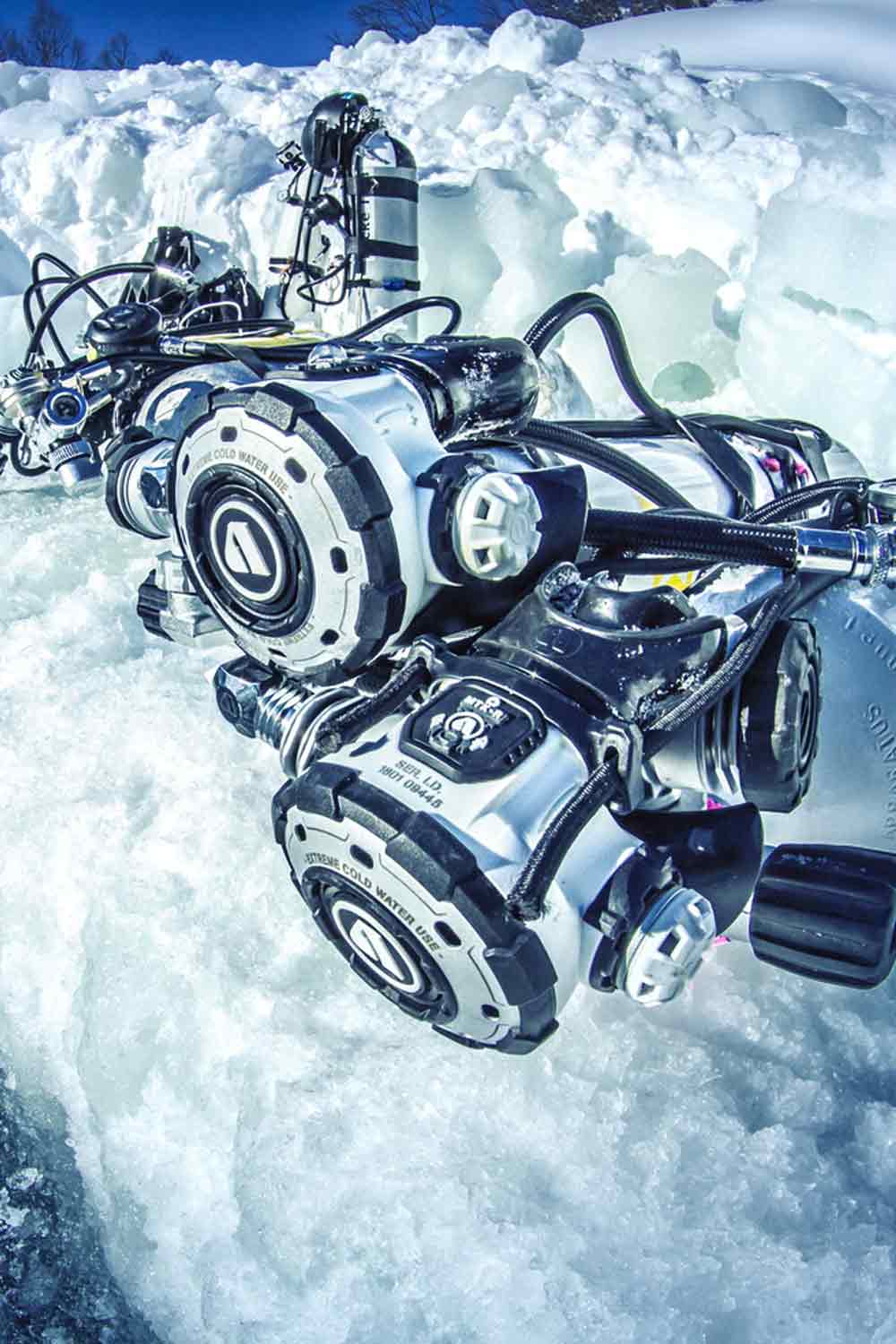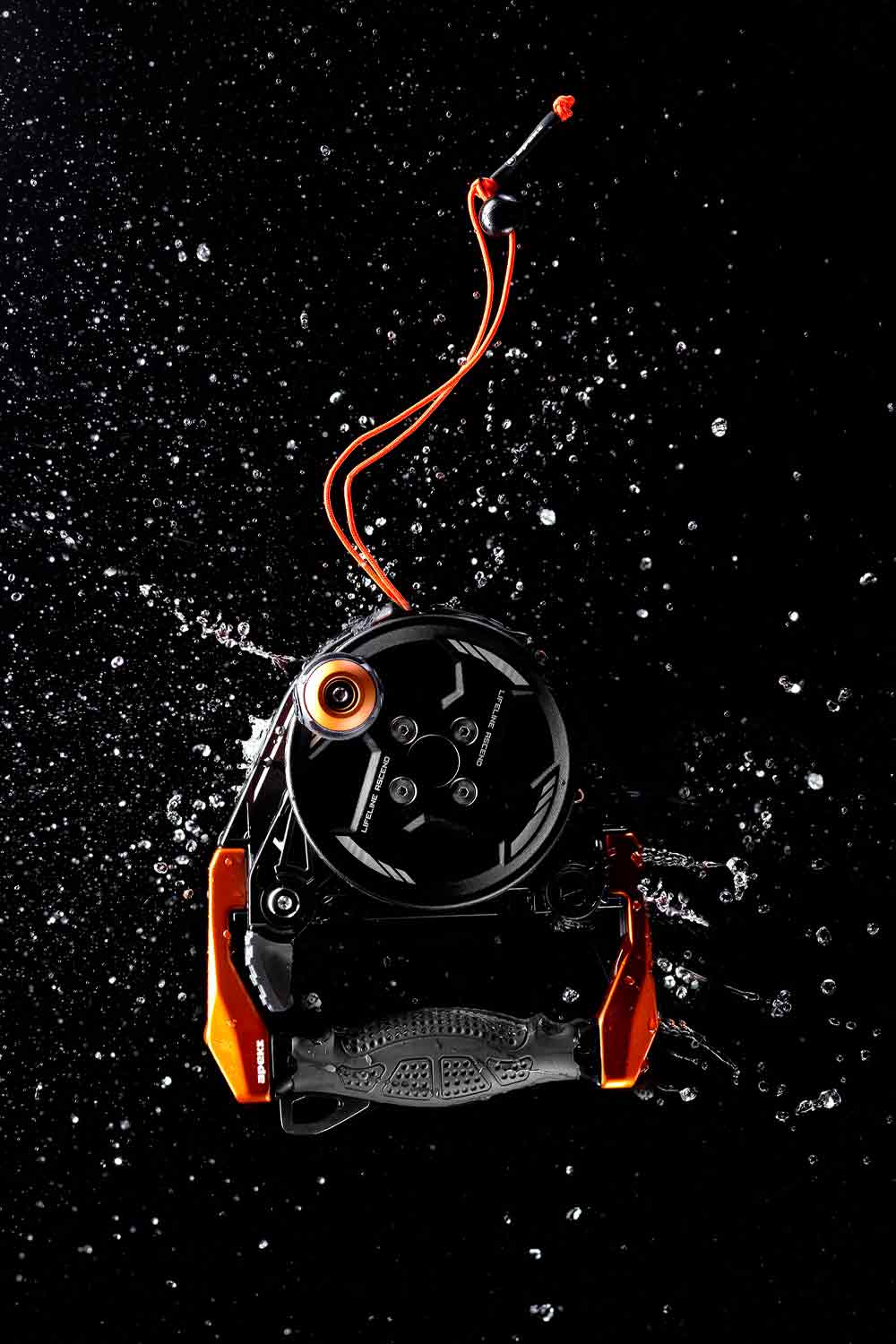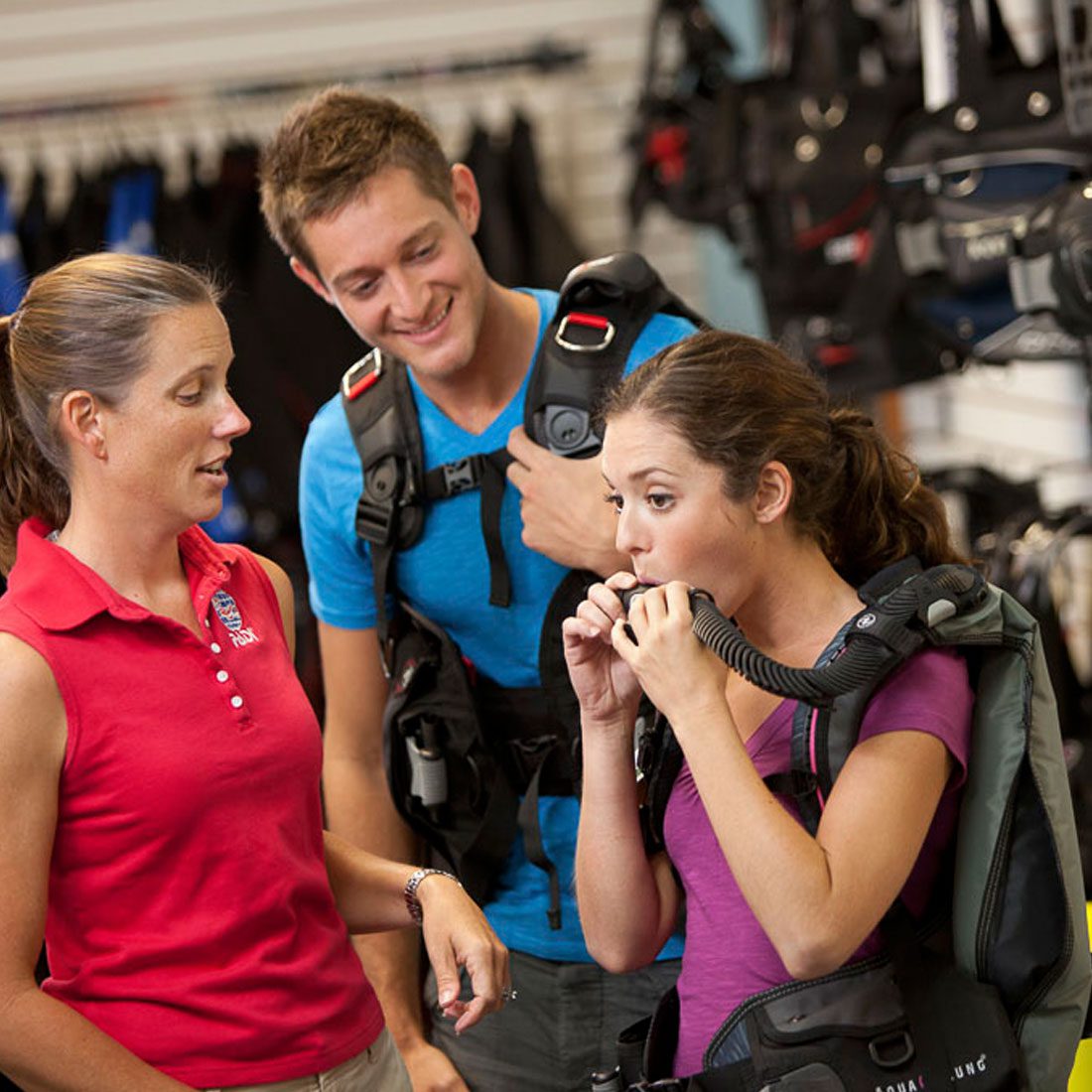Diving Knowledge, Tips and Tricks
IDC & Dive Masters Cheat Sheet For Scuba Diving
Equations, Meanings and Terms
Reflex Respiratory Centre – Detects High Carbon dioxide
Hypoxia – Insufficient Oxygen
Anoxia – Severe Oxygen Depletion
Hypocapnia – Insufficient Carbon Dioxide
Hypercapnia – Excess Carbon Dioxide
Bradycardia – Slowing of the Heart (Cold moisture on face)
Apnea – Breath Holding
It takes 8-12 hours to eliminate carbon monoxide
Physics
Water displacement (saltwater)
Ltrs x 1.03 = A
Object weight – A = B
B / 1.03 = Answer to bring an item to surface
(To make an object positively buoyant, add kg to B then / by 1.03)
If an object is on the surface and you want to know its displacement, object kg / 1.03 = answer
Water displacement (freshwater)
Ltrs x 1 = A
Object weight – A = B
B / 1 = Answer to bring an item to surface
Gauge Pressure in Fresh Water
Depth x .097 = Answer
Absolute Pressure in Fresh Water
Depth x .097 = A + I = Answer
Gas Expansion (inflexible container)
Ltrs of air x ata = Answer
Gas compression (in a flexible container)
Ltrs of air / ata = Answer
Heat Loss in Water
20 Times Faster Than Air
Refraction
33% Magnification
Visual Reversal
Turbidity causes objects to look further away than they really are.
Sound
Travels 4 Times Faster in Water
Air Consumption
Bar per minute at surface x Absolute pressure
e.g 1.42 bar per minute x 3.2 (22 mtrs + 1) = 4.54
Gas Pressure and Liquid
Dissolved gas will enter liquid as the pressure increases and will come out of solution when pressure decreases.
When gas pressure in the solution exceeds the pressure outside of it.
For every deg of heat, gas pressure will change by 0.6 ata bar.
Partial Pressure
Air is .21 Oxygen and .79 Nitrogen
(For every 10 mtrs of s.w you add above again, e.g. at 20 mtrs Oxygen is .63 and Nitrogen is 2.37)
Supersaturation
When gas pressure in the solution exceeds the pressure outside of it.
Heat and Pressure
For every deg of heat, gas pressure will change by 0.6 ata bar
Physiology
Heat Exhaustion
Weak rapid pulse, rapid breathing, Profuse sweating, Skin cool and clammy, Nausea, May drink non-alcoholic fluid
Heat Stroke
Steady rapid pulse, Perspiration ceases, and Skin is flushed and hot, Nil by mouth, contact EMS
Oxygen Admin
Administer for all types of DCS and AGE, helps eliminate Nitrogen and raises blood oxygen levels
A Squeeze
Failure to equalise a body air space, middle ear most effected.
Equalising
Round window rupture can occur if forceful blows against a pinched nose are done.
carotid sinus reflex
Excessively tight neck seal or hood
Nitrogen Narcosis
Foolish behaviour as if intoxicated
Haemoglobin
A substance that aids in the transport of oxygen, carbon monoxide bonds 200 times more readily to it.
Lung over-expansion
(Pneumpthorax, Air Embolism, Mediastinal Emphysema, Subcutaneous Emphysema) Symptoms are immediate as diver surfaces, Blurred vision, headache, confusion, unconsciousness, severe chest pain, foamy bloody mouth, difficulty Breathing, even death!
DCS
Symptoms are usually slower to occur, Skin rashes, joint and limb pain, pins and needles, numbness, over tiredness!
Scuba Diving Equipment
Cylinders
Aluminium tanks have thicker walls than steel. Heat can weaken the tank, and hydrostatic test are filled to higher than its working pressure, visual inspections check for damage, allow for maintenance and is a dive industry standard.
Burst Disk
Prevents a cylinder from being over pressurised
Fail-Safe
A regulator will free flow rather than shut off the air
Downstream valve
Opens with the flow of air
Pilot Valve
A small valve that opens a larger valve in the second stage
Delivers intermediate pressure to the second stage
First stage regulator
Oxygen
Equipment should be oxygen clean if over 40% of 02 is being used or if local regulations/equipment manufactures require it.
J-Valve
Serves as a warning device to tell the diver that they are low on air, should be open (down position) when being filled
Dive Skills and the Environment
Tides
High tide, slack is the best time to dive.
Waves
Break when the depth is the same height as the wave and are caused by the wind
Directional information in the water
Comes from plants, animals, noises, topography light and shadows
Near drowning
The patient should be advised to have medical attention, even if they feel fine
Safety Stop
Should be done after a long or deep dive, near no-decompression limits or at the end of any dive, air permitting.
Proper Weighting
Empty BCD, holding a normal breath, should float at eye level
Reciprocal Compass Heading
180 deg from initial heading
Tides
Are affected by the position of the sun, moon and earth
Lifting Devices
Should be used when an object is 4-7kg neg buoyant
Decompression theory and the RDP
Halftime
The rate in which a theoretical tissue absorbs and releases Nitrogen
RDP
Any question solely on the RDP, answers will be found on it.
Dive Computers
Follow the same theoretical basis as dive tables, same recommendations as dive tables calculates the dive precisely,
Should not be shared.
Emergency decompression stop
If missed, don ‘t dive for 24hrs, rest, monitor yourself for DCS, breath 02 if available.
RDP Model
Characterised by 14 compartments and a 60-minute surface interval washout
Altitude
Special procedures should be used higher than 300 Mtrs 1000 ft
Flying
With repetitive dives, an extended time over 12hrs, the longer, the better.

